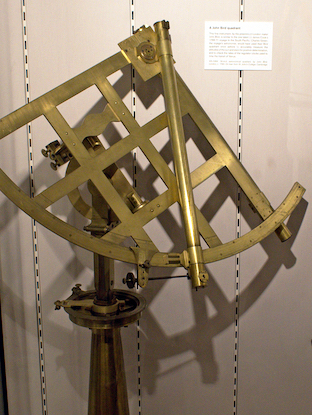In encounters between Cook’s men and Pacific Islanders the exchange of goods was a crucial, if sometime fraught, form of social interaction.
After the return of Cook’s quadrant, “a hog and a dog, some cocoa-nuts, and bread-fruit” were formally gifted to the sailors by “The king, whose name was Tarrao”. In return Cook’s men offered “an adze, a shirt, and some beads, which his majesty received with apparent satisfaction.”(3)
Cook and his men collected a huge amount of Polynesian material on their journey through the South Pacific. Joseph Banks, the voyage’s young naturalist, was particularly acquisitive and many of the specimens and artefacts that he brought back to England have ended up in major UK collections.
Image 2 shows a shell trumpet collected on Tahiti during the voyage. Whilst we have numerous reports by Cook and his men, objects like this are amongst the only surviving evidence from the islanders’ side of these encounters.






